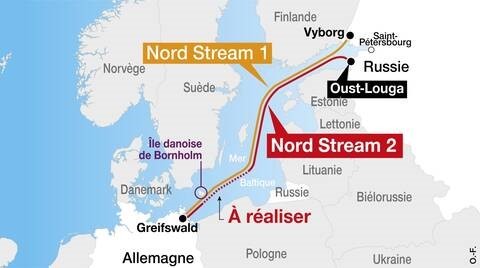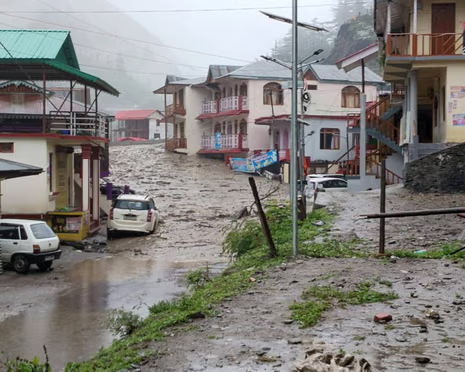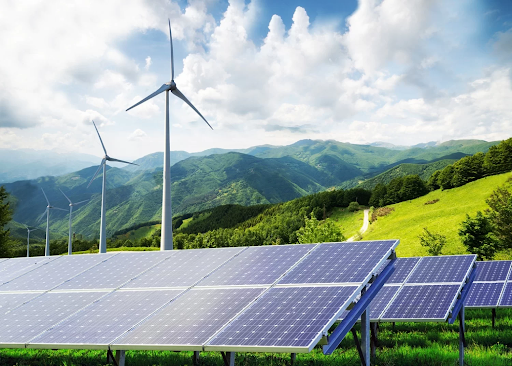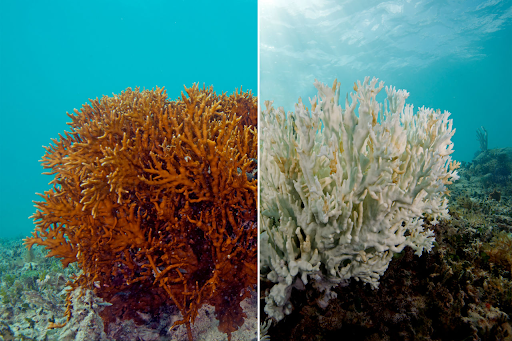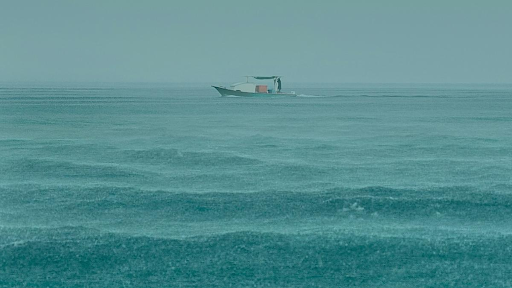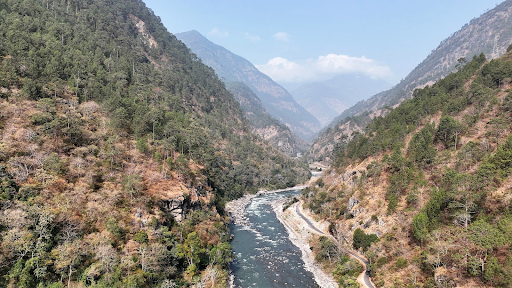Description
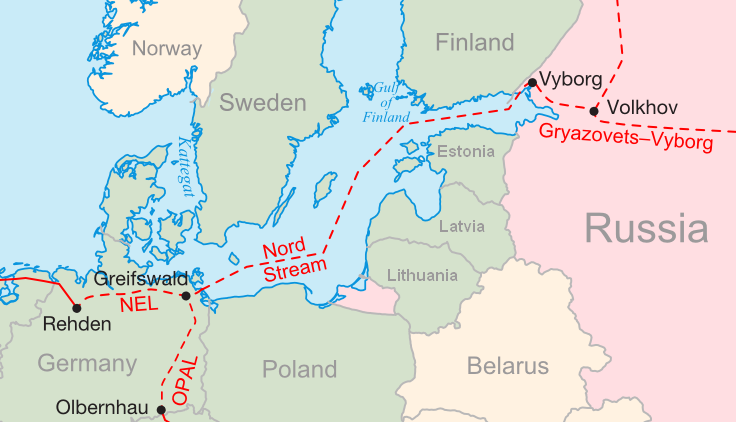
Disclaimer: Copyright infringement not intended.
Context
- The US has threatened to halt the opening of Nord Stream Pipeline that would send Russian gas to Western Europe, if Russia invades Ukraine.
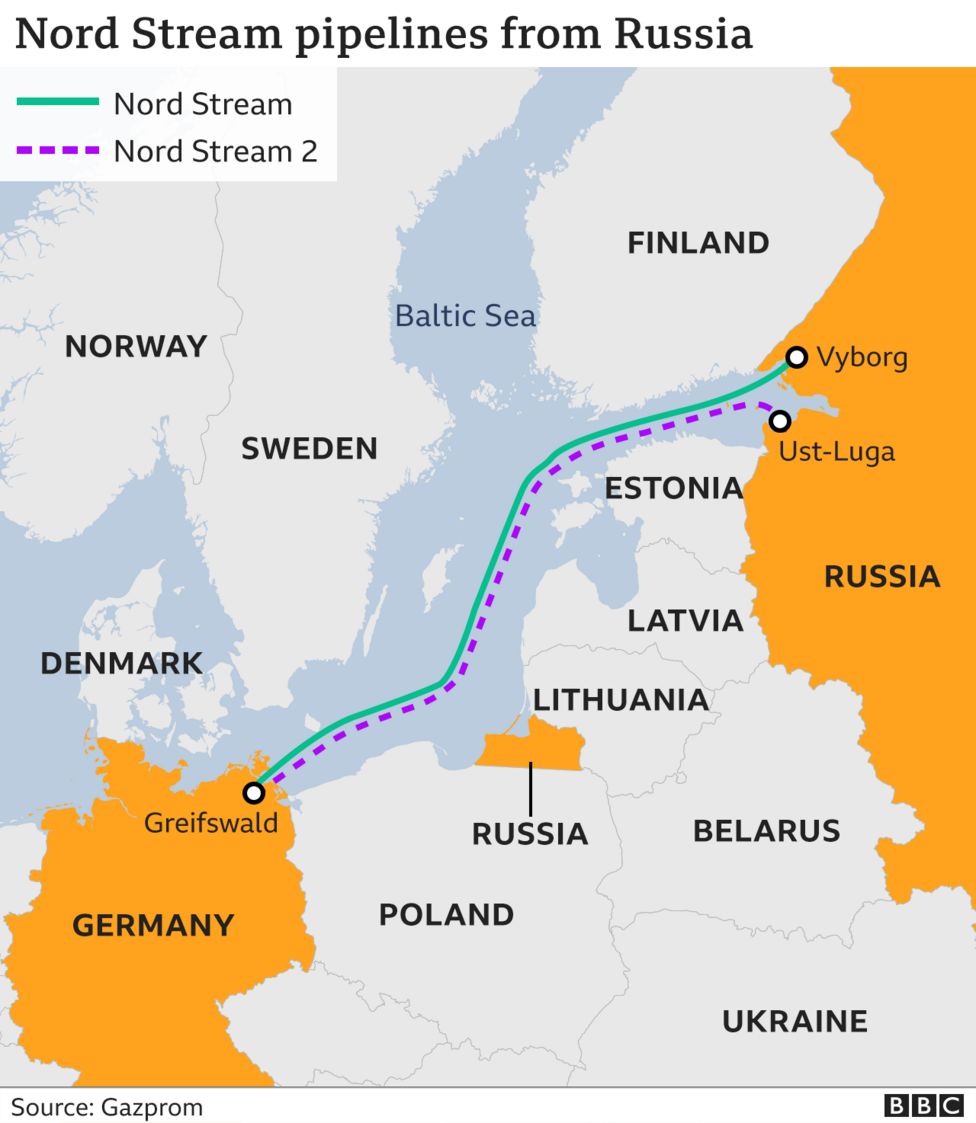
About
- Location: Nord Stream is a system of offshore natural gas pipelines in Europe, running under the Baltic Sea from Russia to Germany. The gas for Nord Steam comes mainly from the Bovanenkovo oil and gas condensate deposit in Western Siberia.
- Parts: Nordstream consists of two pipelines, which have two lines each. Nord Stream 1 was completed in 2011 and runs from Vyborg in Leningrad to Lubmin near Greifswald, Germany. Nord Stream 2 which runs from Ust-Luga in Leningrad to Lubmin was completed in September 2021 and has the capacity to handle 55 billion cubic meters of gas per year once it becomes operational. The twin pipelines together can transport a combined total of 110 billion cubic metres (bcm) of gas a year to Europe for at least 50 years.
- Countries passing through: Nord Stream crosses the Exclusive Economic Zones (EEZs) of several countries including Russia, Finland, Sweden, Denmark and Germany, and the territorial waters of Russia, Denmark, and Germany. In Germany, the pipeline connects to the OPAL (Baltic Sea Pipeline) and NEL (North European Pipeline) which further connects to the European grid.
- Opposition: The Nord Stream projects have been fiercely opposed by the United States and Ukraine, as well as by other Central and Eastern European countries, because of concerns that the pipelines would increase Russia's influence in Europe, and because of the knock-on reduction of transit fees for use of the existing pipelines in Central and Eastern European countries.
- Importance of Nord Stream Pipeline: Europe requires more than 100 billion cubic metres (bcm) of natural gas each year and around 40% of its gas comes from Russia. Over the last few years, Europe has become more dependent on gas imports because of a decrease in domestic gas production. Nord Stream 2 is important because it eliminates the risks related with sending gas through transit countries, cuts operating costs by doing away with transit fees and gives direct access to its most important European customer, Germany. It increases Europe’s dependence on Russia while giving it a reliable customer.
https://www.bbc.com/news/world-europe-60151839
Array
(
[0] => daily-current-affairs/nord-stream-pipeline-14
[1] => daily-current-affairs
[2] => nord-stream-pipeline-14
)




